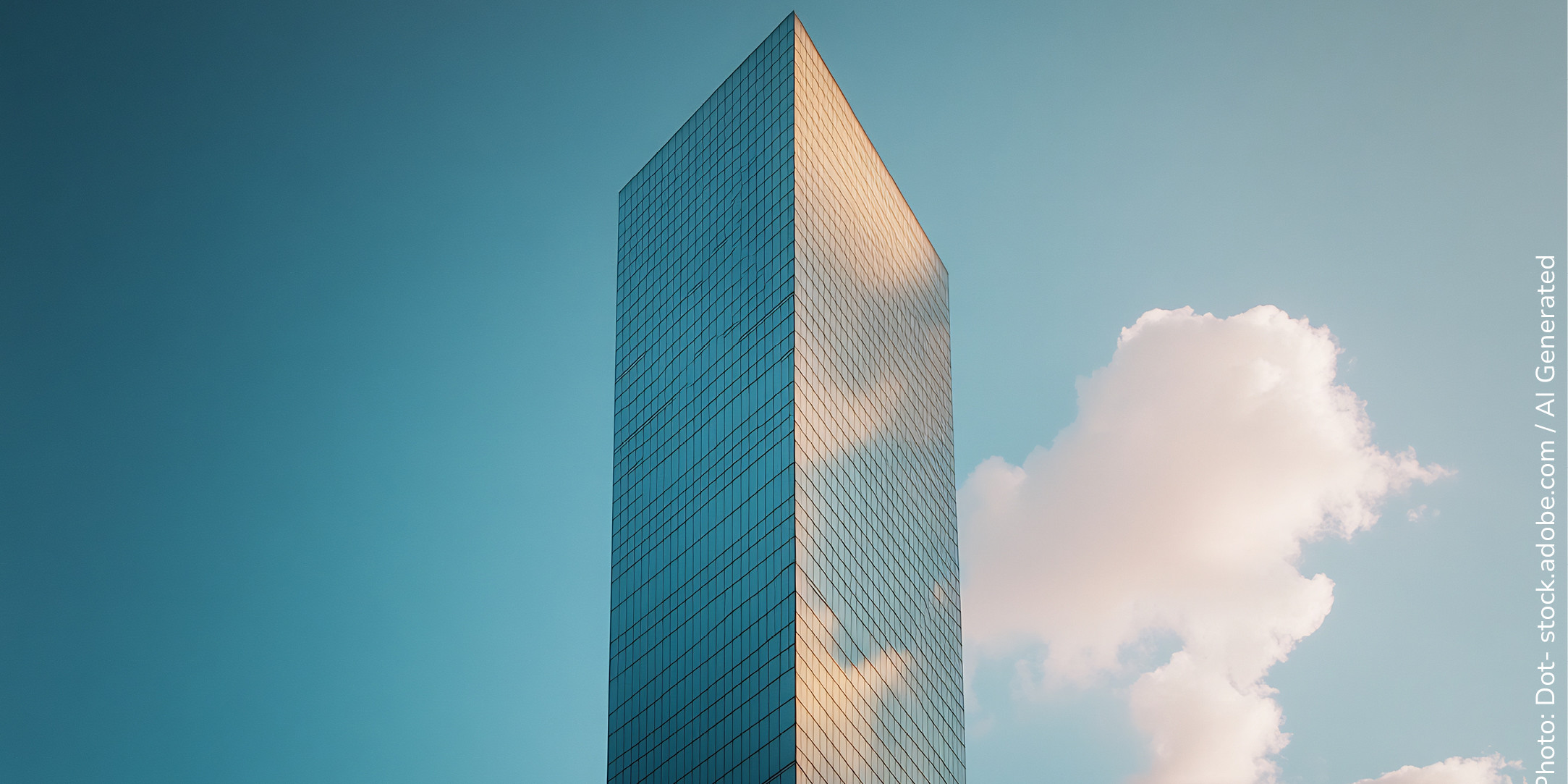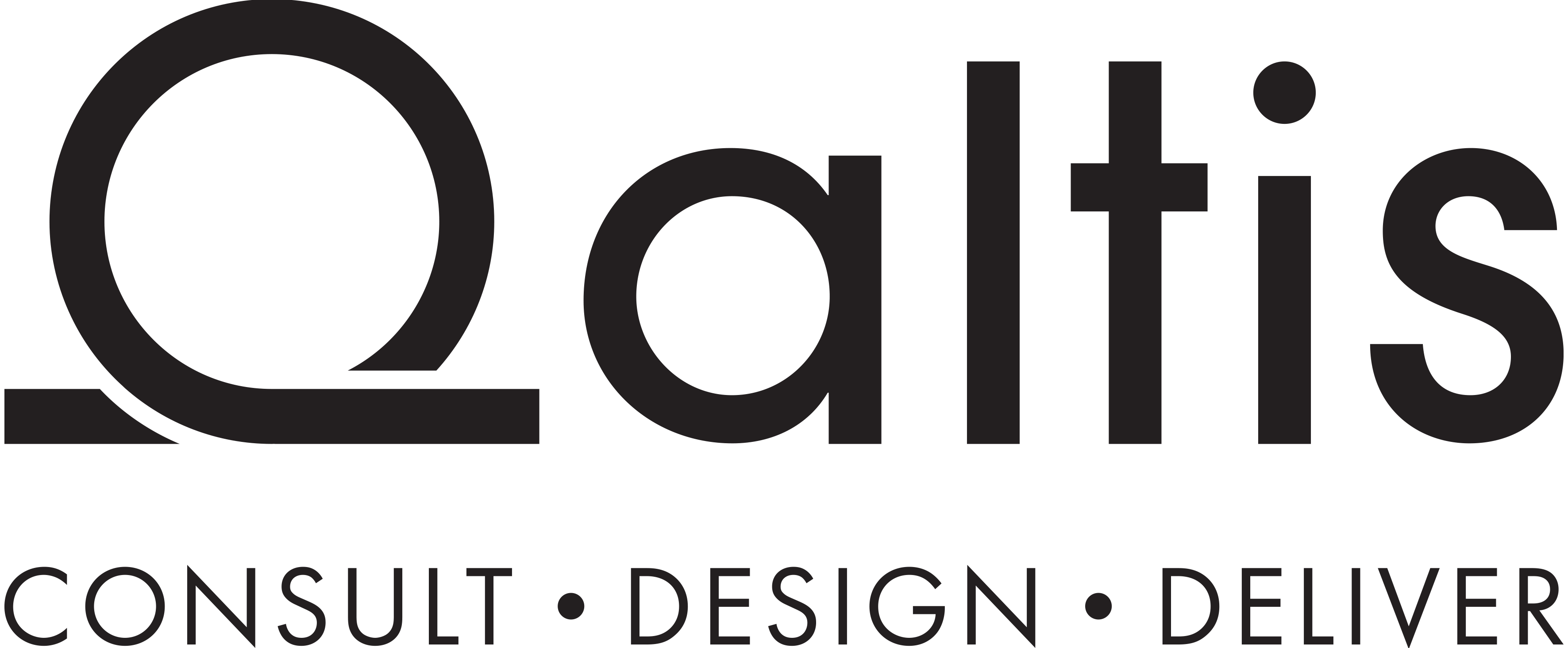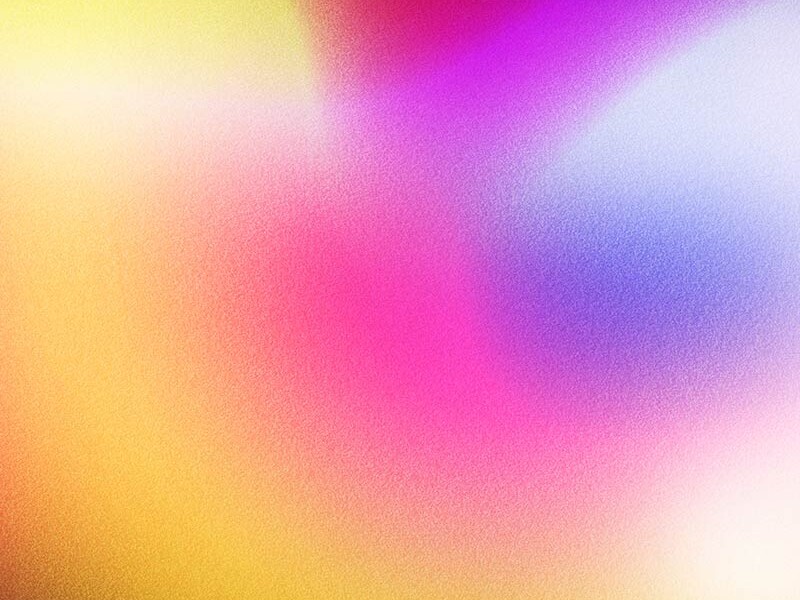There’s a strange kind of peace in limits. Perhaps because they remind us that everything, even the sense of freedom, needs a form. In architecture, as in life, constraints are not just barriers, but what allows thought to become design: the wall that defines space, the rule that guides creativity, the time that sets an end. We thought it was restriction; it’s really a matter of rhythm.

The limit as a frame
The Finnish architect and designer Alvar Aalto once said that architecture is born from respect for the material, and that material, by its nature, imposes a limit.
Think of the possible curvature of wood, the resistance of brick, the transparency of glass. It is the material itself, with its rules and its resistance, that turns an idea into form. The same applies to the mind: neuroscience shows that a finite number of possibilities enhances focus and reduces decision stress. Too many options, too many openings, and the brain short-circuits. The limit, then, becomes a cognitive ally, the condition that enables us to choose, to order, to create.
Containing to breathe
What if it were a matter of reversing our perspective? We live in a culture that constantly asks us to expand: to produce more, connect more, open up ever more. And yet, true wellbeing often stems from containment. Like in a Japanese Zen garden, where the boundary doesn’t close but directs the gaze, workspaces too can be conceived as limited yet generative ecosystems: not everything everywhere, but the right things where they are needed. Take a familiar thought: “How nice, now I can work from the sofa.” But do we really work well from that sofa? Total freedom only works as long as there is a context that holds it: a stretch of time, a posture, a threshold that distinguishes work from what is not. Context means constraint — some things I can do, others I can’t — and precisely for that reason I can focus, produce, and finally, breathe.
Measure as a creative act
There’s beauty in designing with measure: deciding where to stop, how much space to leave, how much time to dedicate. It’s an ethical gesture before it is an aesthetic one. The limit becomes a sign of care, a threshold that protects us first and foremost from ourselves.
And perhaps true luxury today is living within a considered perimeter, a space that doesn’t push us towards infinity, but invites us to find our own form of stillness. Let’s say it together: absolute freedom disorients; the right limit embraces.


